LaserCUSING Developments to be Unveiled at Euromold 2009
24th November 2009
Source:
ES Technology Limited
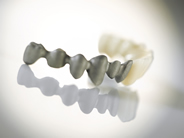
ES Technology Limited is responsible for the marketing, sales, servicing and support of the full range of Concept Laser products throughout the United Kingdom and the Republic of Ireland. The very latest updates and developments surrounding materials, materials management and quality assurance for the LaserCUSING process, will be unveiled by Concept Laser at the forthcoming Euromold 2009 exhibition.
New Materials Expand the Range of Applications
The LaserCUSING process first appeared in 2000 in the form of the M3 linear LaserCUSING machine. This system was specifically designed to fulfil the requirements of the mould tool manufacturing industry, where it was widely used to produce mould inserts incorporating conformal cooling channels. In the years which followed, two additional machines - M1 cusing and M2 cusing - were developed to meet the growing demand for the production of direct components using this generative manufacturing technology. Today the LaserCUSING process is increasingly being used to manufacture high specification components for the automotive, aerospace and medical industries. A key characteristic of the process, which makes it so attractive to users, is that only original materials are used. This means that prototypes or small batch production components have a profile virtually identical to that of parts produced using conventional methods such as casting or machining.
The original range of materials included stainless steels, tool steels, aluminium and titanium alloys and a nickel based super alloy. New developments in materials mean that the range has been expanded to include a finer quality variant of stainless CL20 ES (1.4404) providing additional improvements in component surface finish. The original titanium powder CL40 TI, based upon the alloy Ti6A14V, will soon be complimented by a high purity version CL41 TI which meets the strict requirements of ASTM standard F136 for surgical implants and further expanding the potential for direct components made from titanium. Also part of the ongoing development in the materials field is the introduction of a new class of cobalt-chrome based alloys. Developed as part of a working relationship between Concept Laser and Dentaurum, alloys CL110 CoCr and remanium® star CL open up a host of potential applications within the dental, medical and prototype fields. Alongside the expanded range of materials, a new powder management system will also be unveiled by Concelt Laser at Euromold 2009. Initially available for the M2 cusing machine, this new system will speed up switchover between different powder materials and further enhance the handling, storage and quality assurance of the powder.
Real Time Monitoring of the Melt Pool
As the technology expands into more demanding applications the technical specifications placed upon LaserCUSING components means that there is an even greater focus on quality assurance and quality control. As part of an ongoing philosophy of continuous improvement, Concept Laser will present a new “Real Time Quality Management” quality assurance system at Euromold 2009. Existing monitoring systems, such as that for measuring the oxygen level in the process, will be combined under this initiative and gradually expanded to include additional measures. A world first, being shown for the first time at Euromold 2009, is Direct Cusing Control. This allows direct continuous monitoring of the laser fusing process with maximum temporal and spatial resolution and therefore differing significantly from other monitoring systems. This provides users of the technology with an entirely new set of options for quality control, as it is not just ambient variables which are documented, but also the laser fusing process itself. In addition, this new system provides the basis for future developments which will intervene to regulate the fusing process in real time.
In addition to the “Real-Time QM“ system, Concept Laser will also announce two additional innovations for 2010 at the trade fair:- the use of more powerful lasers in the high-end products M2 cusing and M3 linear and also a concept for a small-scale laser fusing machine for the dental and jewellery industry.
The LaserCUSING process first appeared in 2000 in the form of the M3 linear LaserCUSING machine. This system was specifically designed to fulfil the requirements of the mould tool manufacturing industry, where it was widely used to produce mould inserts incorporating conformal cooling channels. In the years which followed, two additional machines - M1 cusing and M2 cusing - were developed to meet the growing demand for the production of direct components using this generative manufacturing technology. Today the LaserCUSING process is increasingly being used to manufacture high specification components for the automotive, aerospace and medical industries. A key characteristic of the process, which makes it so attractive to users, is that only original materials are used. This means that prototypes or small batch production components have a profile virtually identical to that of parts produced using conventional methods such as casting or machining.
The original range of materials included stainless steels, tool steels, aluminium and titanium alloys and a nickel based super alloy. New developments in materials mean that the range has been expanded to include a finer quality variant of stainless CL20 ES (1.4404) providing additional improvements in component surface finish. The original titanium powder CL40 TI, based upon the alloy Ti6A14V, will soon be complimented by a high purity version CL41 TI which meets the strict requirements of ASTM standard F136 for surgical implants and further expanding the potential for direct components made from titanium. Also part of the ongoing development in the materials field is the introduction of a new class of cobalt-chrome based alloys. Developed as part of a working relationship between Concept Laser and Dentaurum, alloys CL110 CoCr and remanium® star CL open up a host of potential applications within the dental, medical and prototype fields. Alongside the expanded range of materials, a new powder management system will also be unveiled by Concelt Laser at Euromold 2009. Initially available for the M2 cusing machine, this new system will speed up switchover between different powder materials and further enhance the handling, storage and quality assurance of the powder.
Real Time Monitoring of the Melt Pool
As the technology expands into more demanding applications the technical specifications placed upon LaserCUSING components means that there is an even greater focus on quality assurance and quality control. As part of an ongoing philosophy of continuous improvement, Concept Laser will present a new “Real Time Quality Management” quality assurance system at Euromold 2009. Existing monitoring systems, such as that for measuring the oxygen level in the process, will be combined under this initiative and gradually expanded to include additional measures. A world first, being shown for the first time at Euromold 2009, is Direct Cusing Control. This allows direct continuous monitoring of the laser fusing process with maximum temporal and spatial resolution and therefore differing significantly from other monitoring systems. This provides users of the technology with an entirely new set of options for quality control, as it is not just ambient variables which are documented, but also the laser fusing process itself. In addition, this new system provides the basis for future developments which will intervene to regulate the fusing process in real time.
In addition to the “Real-Time QM“ system, Concept Laser will also announce two additional innovations for 2010 at the trade fair:- the use of more powerful lasers in the high-end products M2 cusing and M3 linear and also a concept for a small-scale laser fusing machine for the dental and jewellery industry.
Similar articles
More from ES Technology Limited
- Concept Laser presents a quality management system for real-time monitoring of the LaserCUSING® process 15th March 2010
- DILAS Develop Compact, High-Efficiency, 100μm Fiber-Coupled Laser Module 15th February 2010
- Additive Layer Manufacturing Reaches for the Sky 14th January 2010
- LaserCUSING Developments to be Unveiled at Euromold 2009 24th November 2009

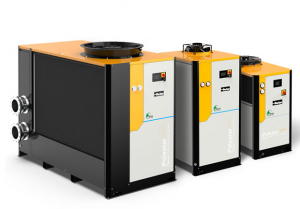
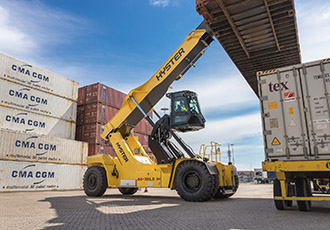
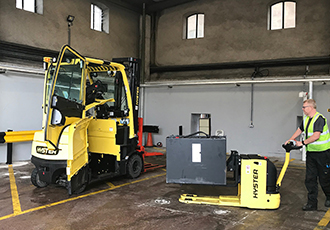
.jpg)
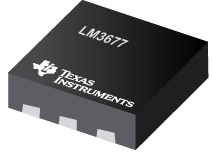

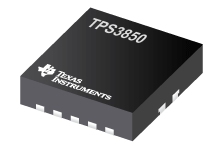
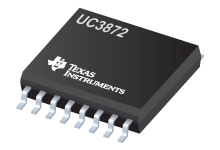
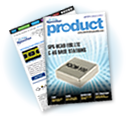
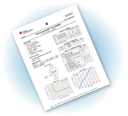

Write a comment
No comments